Weissenböckstraße Housing Estate
© Wien Musem

Karl-Marx-Hof
© Wien Musem

Rabenhof
© Wien Musem

Karl-Marx-Hof
© Wien Musem
Superblock versus Garden City
Although monumental ‘superblocks’ such as the Rabenhof or the Karl Marx Hof are the first images that come to mind when we think of the housing programme of ‘Red Vienna’, it was the settlement movement that predominated in Vienna immediately after the First World War. Alongside the numerous cooperative associations, the municipal authorities commissioned and built a number of large-scale row housing estates with productive gardens in the early 1920s, examples of which include the Hermesstrasse, Freihof and Weissenböckstrasse estates.
High-rise versus low-rise building
In 1926 the Social Democrat city administration issued a publication on their housing policy entitled Hätte das Programm der 25.000 Volkswohnungen in Gestalt einer Gartenstadt verwirklicht werden können?, exploring the issue of whether it would have been possible to create 25,000 new dwellings in the form of a garden city, a question that was being debated in almost all European countries at that time. Among politicians, researchers, architects and housing reform experts, the question of high-rise versus low-rise development was a central issue, much discussed in debates, lectures, newspapers and other publications. The debate between supporters and opponents of the two different concepts – inner-city apartment as opposed to two-storey single-family house with garden – grew increasingly polarized in Vienna as it became evident that the city administration had come down in favour of building multi-storey apartment blocks. The decision had been taken in view of the lack of sufficient land, high development costs, absence of public transportation infrastructure, together with the higher construction costs associated with row housing as opposed to apartments in large inner-city apartment blocks. One of the major influences on this new bias in housing policy was Karl Seitz, who had replaced Jakob Reumann, a supporter of the garden city movement, as mayor of Vienna in 1923.
The People’s Apartment Palaces
Mainly built by pupils of Otto Wagner, the often fortress-like municipal apartment blocks of Red Vienna with their eclectically decorated façades had provoked criticism at an early stage from housing reformers and supporters of the settlement movement such as Josef Frank. In his famous polemic entitled Der Volkswohnungspalast(The People’s Apartment Palace) Frank condemned the monumental, palace-like apartment blocks with their – as he saw it – poor layout, which he accused of harking back to outmoded petty-bourgeois values. One specific target of his criticism was the decision to abandon the Wohnküche or kitchen-cum-living room, which he regarded as one of the most important achievements of the settlement movement.
Housing provision
By 1934 the municipal housing programme in Vienna had provided a total of 64,000 dwellings, 89% of which were in the form of multiple-occupant apartment housing. With the construction of the large-scale apartment complexes and the so-called superblocks, which accounted for approximately one sixth of the housing created, Red Vienna, in contrast to other countries, had developed a programme for providing mass housing that effectively put an end to the housing shortage in the lowest income groups.
Text: Anna Stuhlpfarrer